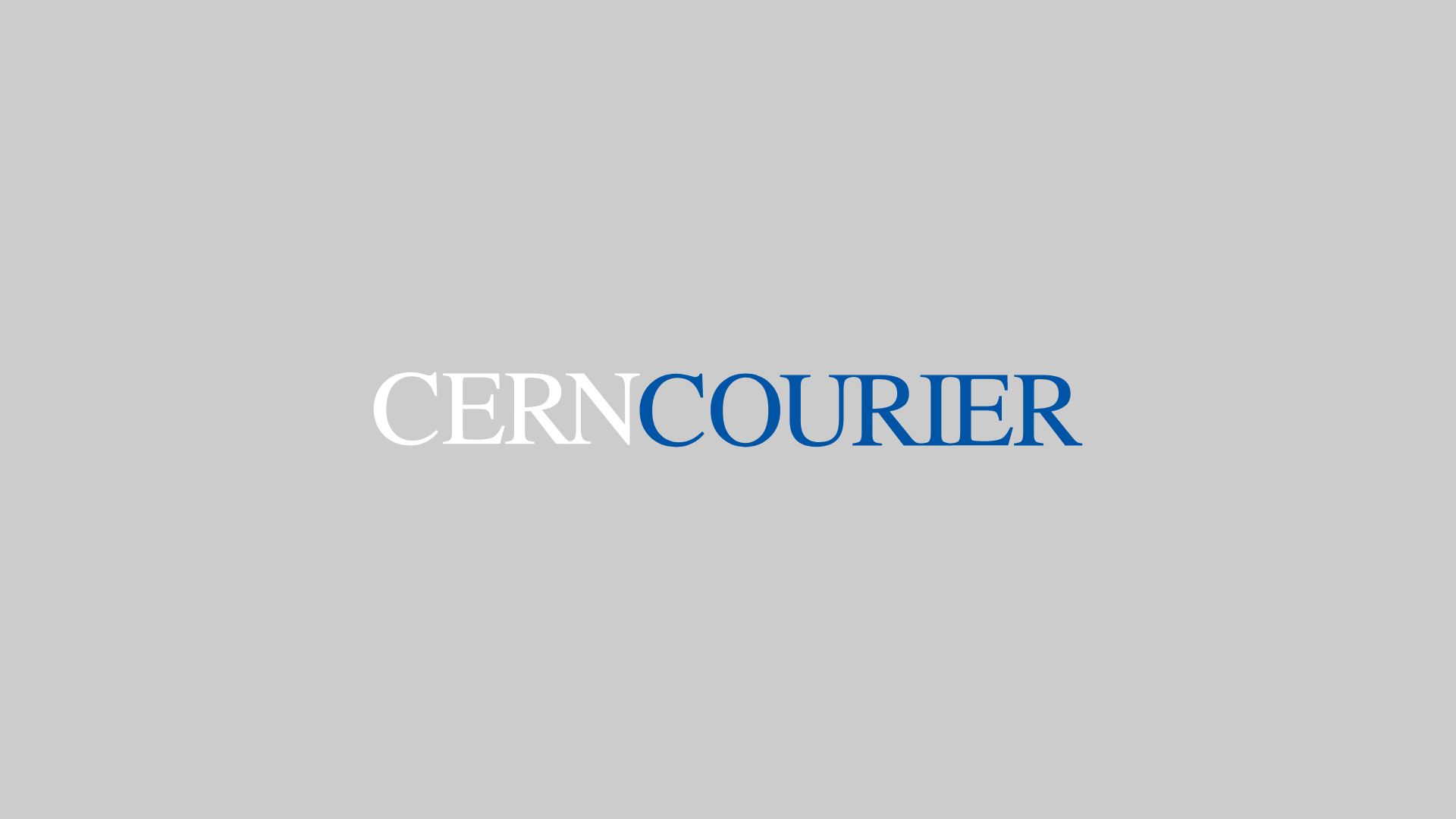 Read article 'Microcosm meets macrocosm in Valencia'
Read article 'Microcosm meets macrocosm in Valencia'
Microcosm meets macrocosm in Valencia
PASCOS 2010 explores the interface of particle physics, string theory and cosmology.
Thank you for registering
If you'd like to change your details at any time, please visit My account
 Read article 'Microcosm meets macrocosm in Valencia'
Read article 'Microcosm meets macrocosm in Valencia'
PASCOS 2010 explores the interface of particle physics, string theory and cosmology.
 Read article 'CDF and DØ joint paper puts a further squeeze on the Higgs'
Read article 'CDF and DØ joint paper puts a further squeeze on the Higgs'
Almost a decade after the experiments at CERN’s Large Electron–Positron (LEP) collider set a limit on the mass of the Higgs boson of 114.4 GeV/c2, the two experiments at Fermilab’s Tevatron, CD...
 Read article 'Lepton Photon goes back to its roots in Hamburg'
Read article 'Lepton Photon goes back to its roots in Hamburg'
The biennial conference provided its usual comprehensive review of particle physics.
 Read article 'Combined HERA data set scene for the LHC'
Read article 'Combined HERA data set scene for the LHC'
The first joint publications by H1 and ZEUS start a new harvest of results.
 Read article 'The Nobel path to a unified electroweak theory'
Read article 'The Nobel path to a unified electroweak theory'
Celebrating anniversaries of three Nobel prizes for work that established a key element of the Standard Model.
 Read article 'Belle finds a hint of new physics in extremely rare B decays'
Read article 'Belle finds a hint of new physics in extremely rare B decays'
The team finds that the results, which were presented in August at the Lepton–Photon International Symposium in Hamburg, are larger than expected from the Standard Model.
 Read article 'NuTeV anomaly supports new effect in bound nucleons'
Read article 'NuTeV anomaly supports new effect in bound nucleons'
A new theoretical calculation of the effects of the nuclear medium may account for experimental result that disagreed with the Standard Model.
 Read article 'Gargamelle: the tale of a giant discovery'
Read article 'Gargamelle: the tale of a giant discovery'
A look back to the first observation of weak neutral currents.
 Read article 'CDF and D0 report single top quark events'
Read article 'CDF and D0 report single top quark events'
Almost 14 years to the day after the announcement of the discovery of the top quark in 1995, the CDF and D0 collaborations at Fermilab have announced the observation of top quarks produced singly ...
 Read article 'The Higgs and the LHC'
Read article 'The Higgs and the LHC'